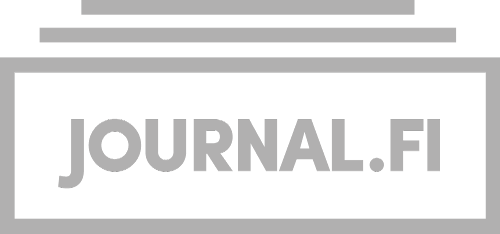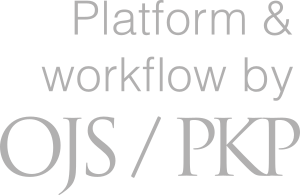Terrori-isku tiedontarpeiden virittäjänä: Turun puukotusten aiheuttamat tiedontarpeet
Avainsanat:
tiedontarve [http://www.yso.fi/onto/yso/p2963], tiedonhankinta [http://www.yso.fi/onto/yso/p2961], terrorismi [http://www.yso.fi/onto/yso/p3119], sosiaalinen media [http://www.yso.fi/onto/yso/p20774]Abstrakti
In this study, we have analysed what kind of information needs arise in case of a sudden random act of violence and which factors trigger these information needs. The case represented in this study is the stabbing in Turku which took place in August 18th, 2017, which led to the death of two people. The data in this study consists of the Facebook comments collected from the media company Yle News' Facebook-profile. The first 13 posted news and their comments were collected during the first eight hours after posting the news. The total data consists of 1930 comments and 212 recognized information needs in their content.
Quantitative and qualitative analysis were used for analysing the data. The study shows that, during crisis, information needs change as more information is released. Traditional media faces a lot of expectations during these times of rapid information sharing enabled by social media. Most information needs were directed to the media and especially the activities of media company Yle. Other frequent information needs included questions about the offender and issues concerning immigration politics. Most information needs were aiming to strengthen the person's own world view, for example concerning immigration.
In the study, information needs were categorized into 15 different types that can be divided in to four main groups: authority related, act related, world view related and other information needs. Additionally, the time relation of information needs was analysed in the study. At first, the information needs were directed to the act itself and the activities of authorities. As more time passed, the information needs changed towards those related to world views. Affectional factors are a significant trigger of information needs in a terror type crisis situation.

Viittaaminen
Copyright (c) 2018 Ari Haasio, Markku Mattila, Anu Ojaranta, Elisa Kannasto

Tämä työ on lisensoitu Creative Commons Nimeä-EiKaupallinen-JaaSamoin 4.0 Kansainvälinen Julkinen -lisenssillä.




